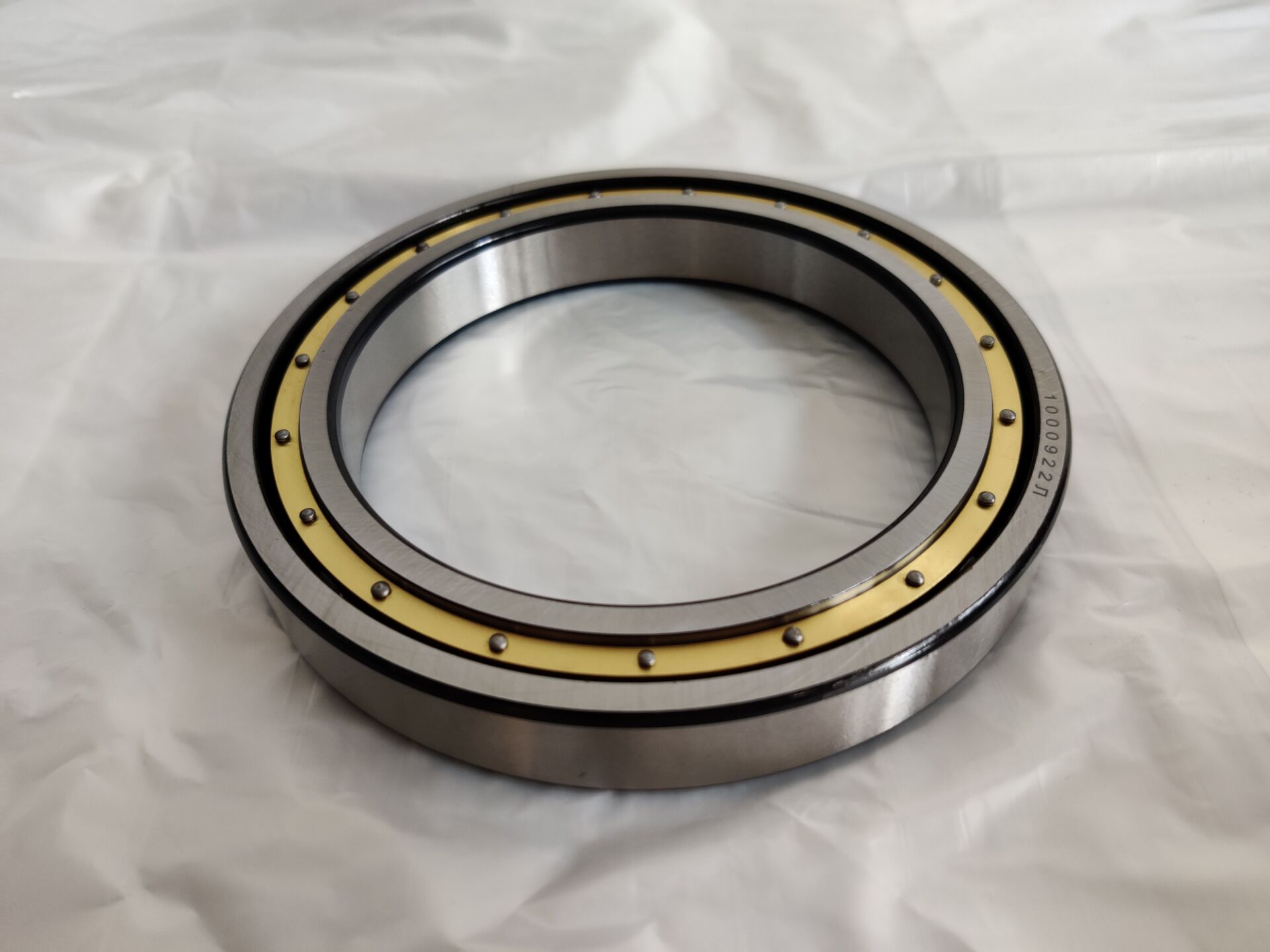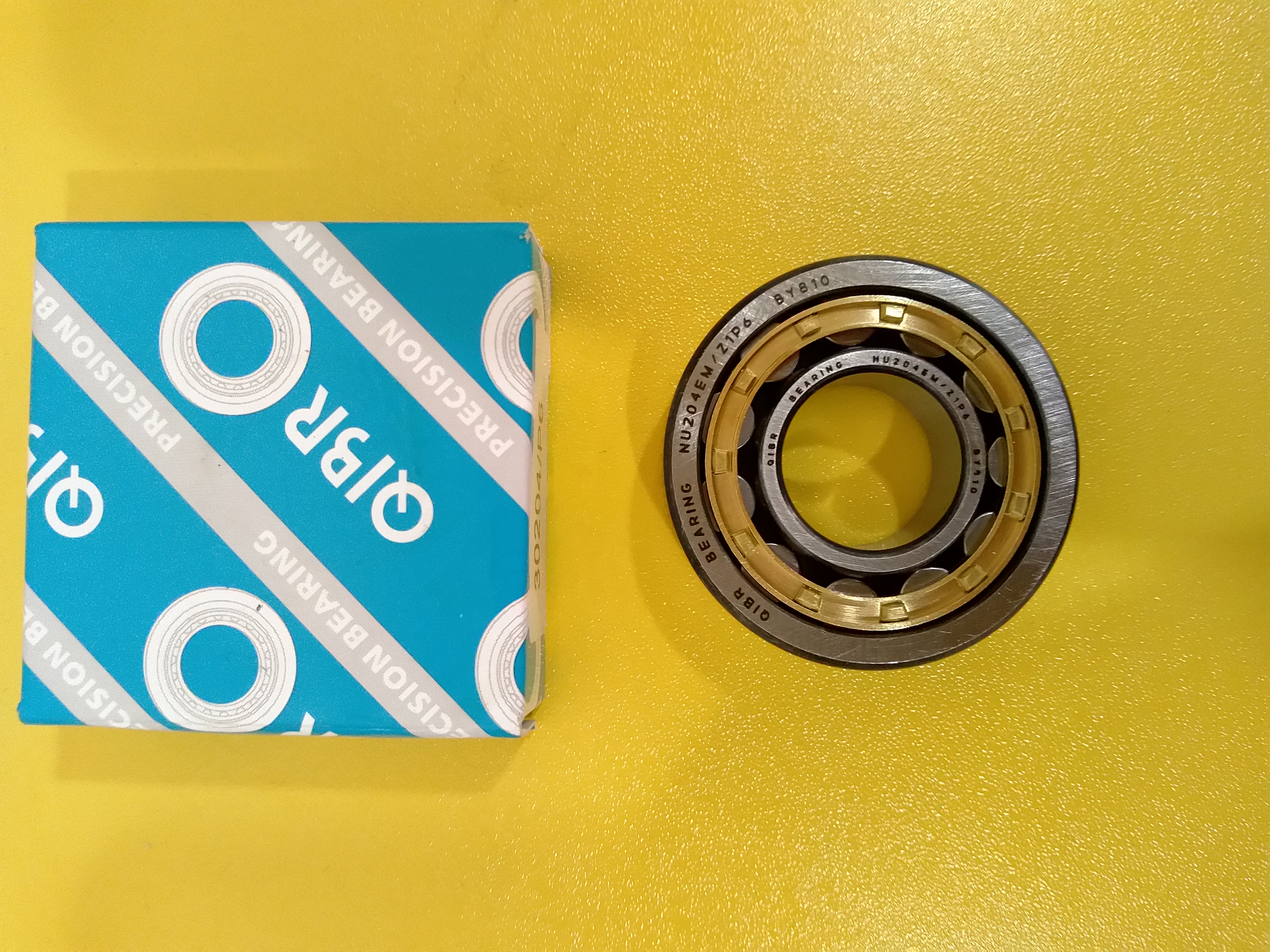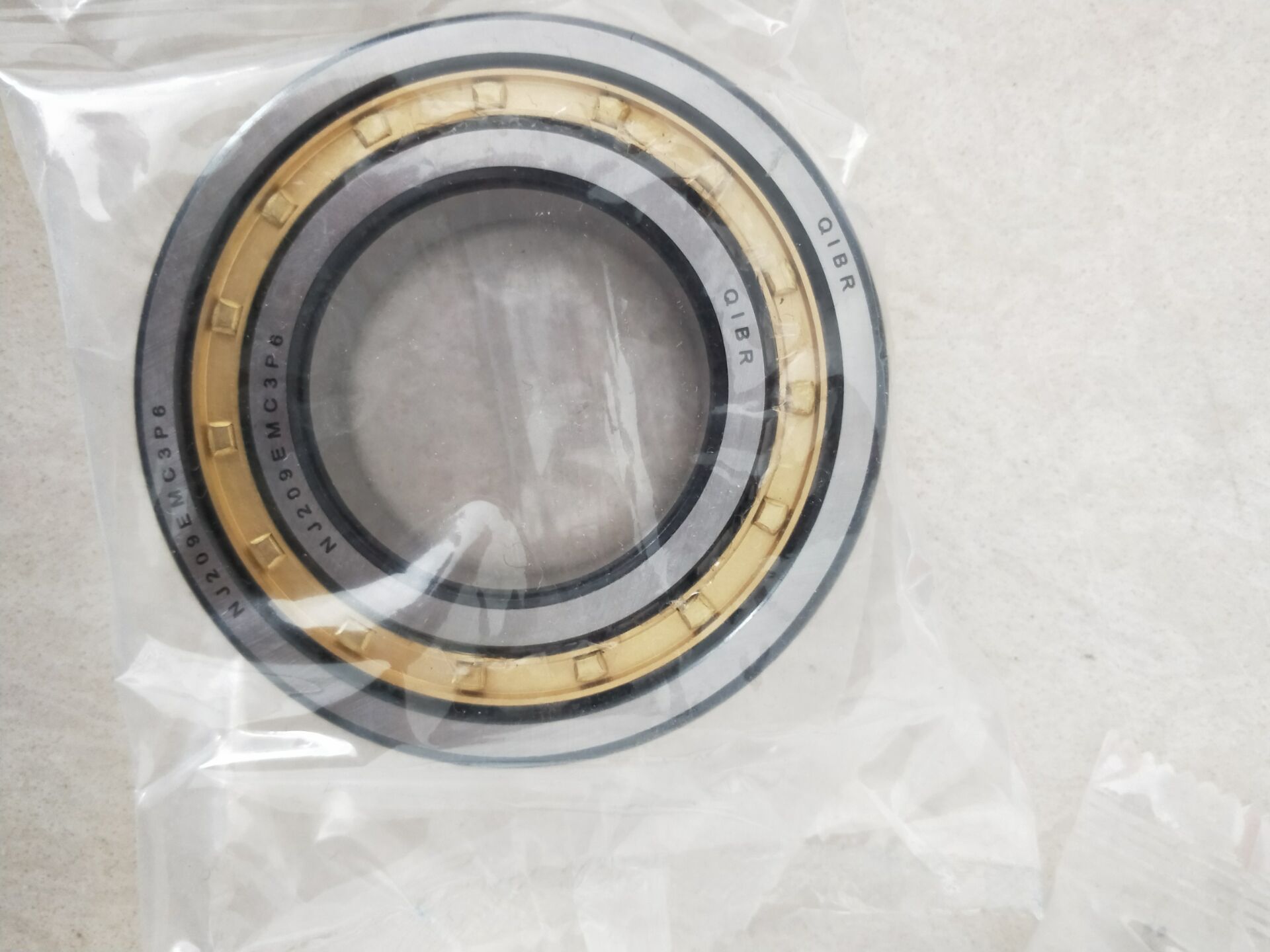Newsroom
How should the finished cylindrical roller bearings be sealed and stored?
2020-09-10The sealing and storage of finished bearings is a meticulous process involving multiple steps, aiming to protect the bearings from damage during storage and transportation, especially to prevent rust and corrosion. The following are the main steps and precautions for sealing and storing finished bearings:
I. Preparation Work
Preparation of cleaning tools: Prepare cleaning tools such as paper towels, cotton swabs, and brushes to remove dust and dirt from the surface of the cylindrical roller bearings.
Selection of lubricating oil: Select an appropriate rust-proof oil or lubricating oil according to the type of the bearing and the storage environment.
Sealing materials: Prepare sealing covers, packaging bags, or rust-proof wrapping paper, etc., to ensure that the bearings can be stored completely sealed.
II. Cleaning Steps
Initial cleaning: Use paper towels or cotton swabs to remove the dust and initial dirt from the surface of the cylindrical roller bearings.
Deep cleaning: Use a brush to clean the inner and outer surfaces of the bearings to ensure that there are no impurities remaining.
Treatment with cleaning agent: Use a special cleaning agent to thoroughly clean the bearings and remove all dirt and grease. This step is very crucial because an unclean surface will affect the effectiveness of the rust-proof oil. 
III. Drying Treatment
The cylindrical roller bearings after cleaning should be dried immediately to remove the moisture on the surface. This can be accomplished by natural air drying or by using a drying device to ensure that the bearings are completely dry without any moisture.
IV. Oil Coating and Sealing
Oil coating: Apply a uniform layer of rust-proof oil on the surface of the cylindrical roller bearings. Pay attention to controlling the amount of oil applied. It is necessary to ensure that the oil film completely covers the surface of the bearings, while avoiding excessive waste.
Inspection of the oil film: After applying the oil, carefully check whether the oil film is uniform and complete, and ensure that there are no areas where the oil film is defective. A defective oil film will cause rust to occur first in that area.
V. Packaging and Sealing
Put the bearing coated with antirust oil into the sealing cover, packaging bag or antirust packaging paper, and ensure it is completely sealed.
Marking information: Mark information such as the model, quantity and sealing date of the bearing on the sealing container for easy future search and use. 
VI. Requirements for the Storage Environment
Temperature control: The storage environment of the bearings should be maintained within an appropriate temperature range to avoid the deterioration of the rust-proof oil caused by excessively high or low temperatures.
Humidity control: The relative humidity of the warehouse should be maintained between 45% and 60%. Excessive humidity will cause the bearings to rust.
Environmental cleanliness: The storage environment should be kept clean and dust-free to avoid damage to the bearings caused by dust and corrosive gases.
VII. Regular Inspection
According to the regulations for rust prevention of cylindrical roller bearing products, the sealed bearings should be inspected regularly every 10 to 12 months. If rust is found on the oil-sealed packaging, the oil-sealed packaging should be redone in a timely manner. 
The sealing and storage of finished bearings is a comprehensive process that requires meticulous operation and strict environmental control. Through reasonable sealing methods and storage environment management, it is possible to ensure that the bearings remain in good condition during storage and transportation and avoid problems such as rust and corrosion.
By following these steps, you can easily purchase the right slewing bearing for your excavator, ensuring smooth operations and minimal downtime.


